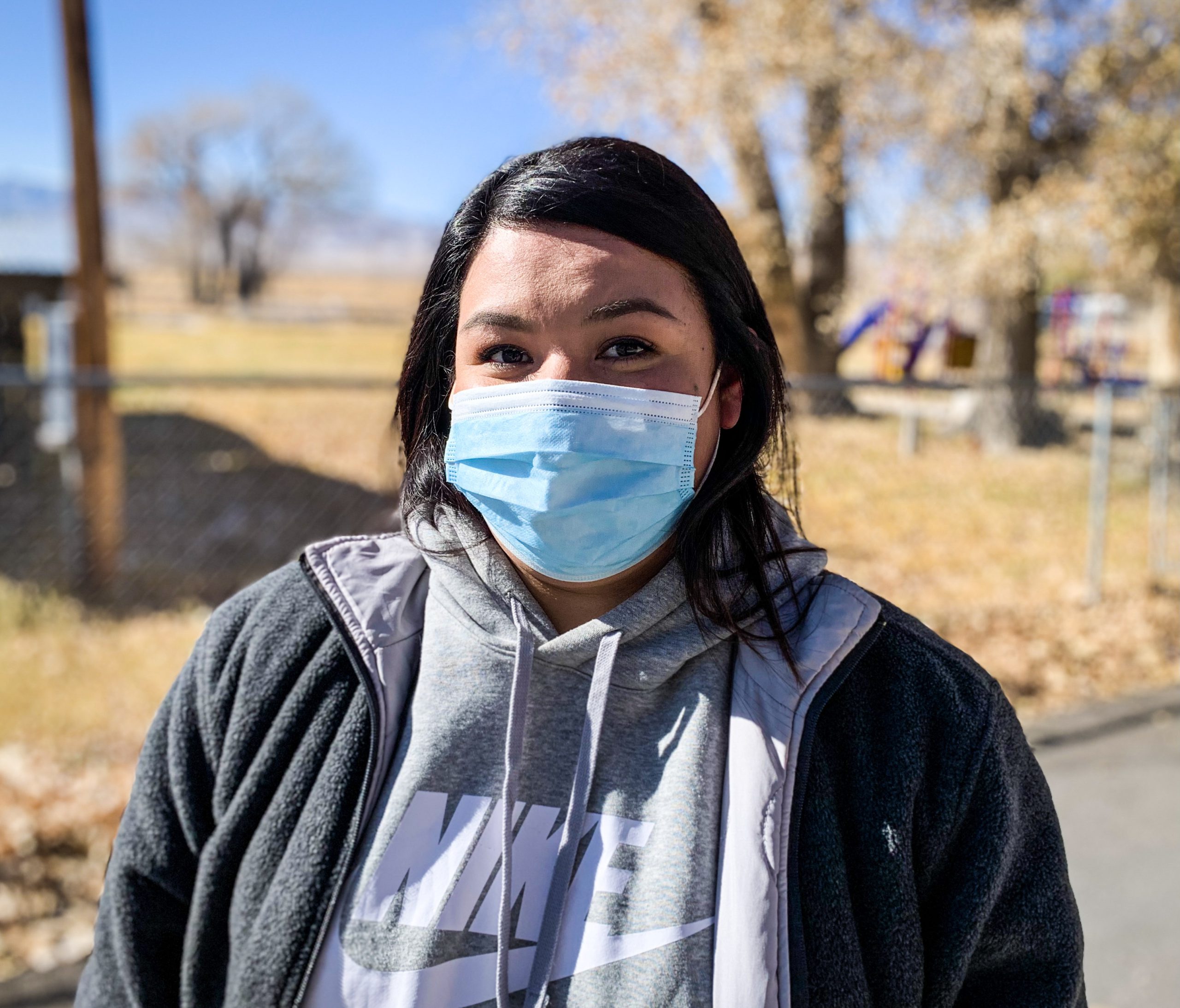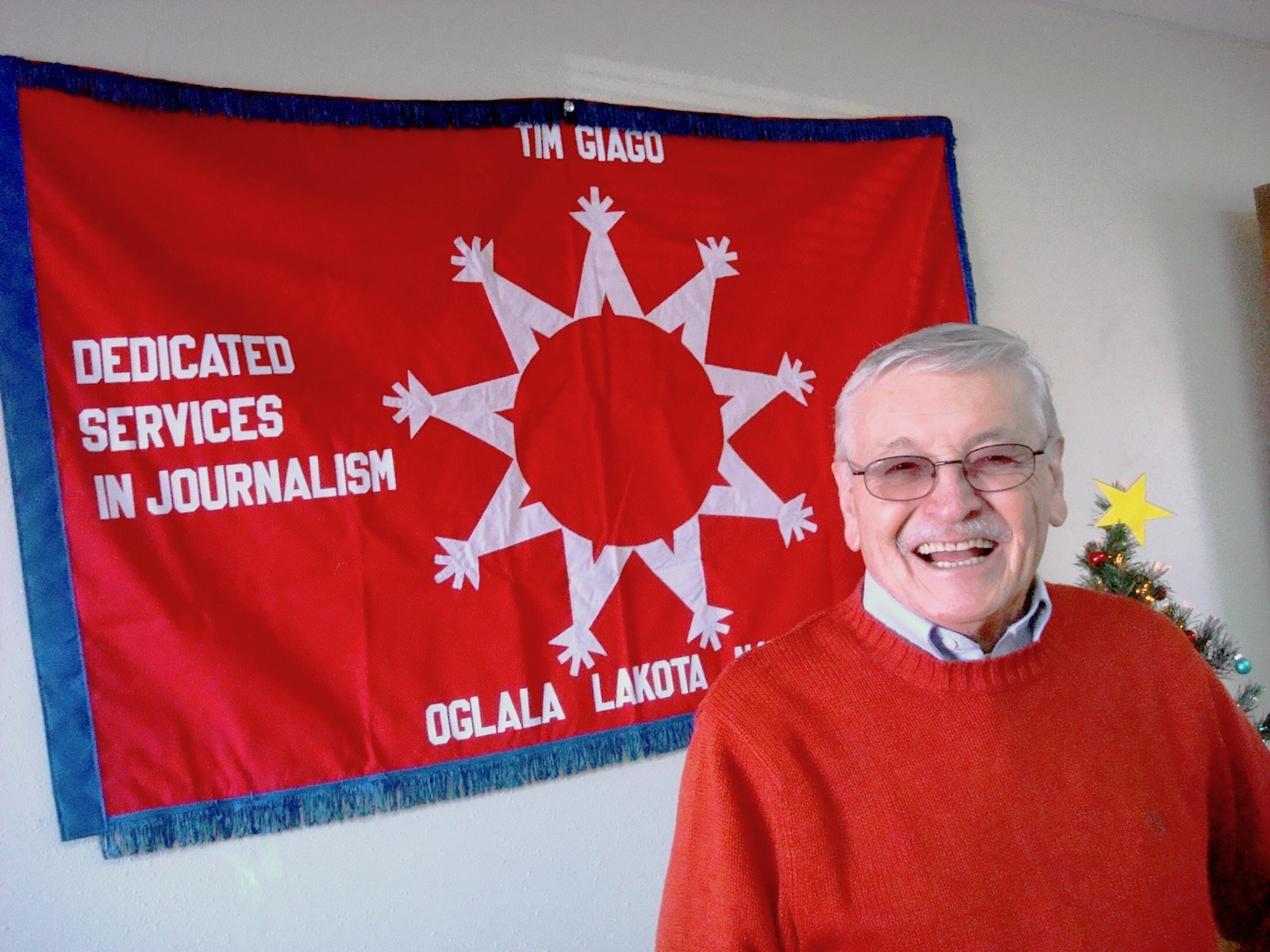Indianz.Com > News > Tim Giago: Pandemics and Indian Country

Notes from Indian Country
Pandemics and Indian Country
Monday, November 22, 2021
When it started to become apparent that an illness known as the Coronavirus was turning into a pandemic, Lakota tribal leaders took immediate action. Harold Frazier, Chairman of the Cheyenne River Sioux Tribe and Kevin Killer, Chairman of the Oglala Sioux Tribe, immediately had roadblocks set up on their borders in order to check people coming on to their reservations for the virus.
A few white ranchers in South Dakota immediately complained to Gov. Kristi Noem (R) about the roadblocks, and Noem, in keeping with her virtual ignorance of the Native people residing in her state, contacted South Dakota’s Republican legislators, Senators John Thune, Mike Rounds and Congressman Dusty Johnson to get them to stop the tribal leaders from setting up roadblocks. Of course these officials knew the history of how pandemics had nearly devastated the Native populations over the years and they declined to step in on Noem’s behalf.
Epidemics like smallpox had killed thousands of South Dakota’s indigenous population at its height and in the 1930s, 40s and 50s a tuberculosis struck and thousands of indigenous people became the victims so much so that tuberculosis asylums sprung up in South Dakota and in other states. The Sioux Sanatorium in Rapid City was built in order to combat the TB invasion epidemic.

Contact Tim Giago at najournalist1@gmail.com
Note: Content © Tim Giago
Search
Filed Under
Tags
More Headlines
Native America Calling: Can the right approach close the Native immunization gap?
Cronkite News: Long COVID cases remain high in Arizona
Native America Calling: Eyes in the sky for development, public safety, and recreation
Native America Calling: Three new films offer diverse views of Native life
NAFOA: 5 Things You Need to Know this Week
Chuck Hoskin: Cherokee Nation works toward cure for arthritis
Native America Calling: Protecting young people from the down sides of social media
Cronkite News: Fake ‘shaman’ among candidates failing to make Congressional ballot
Native America Calling: New Native voices in poetry
Cronkite News: Tribes air concerns about border at hearing in nation’s capital
Native America Calling: Indiginerds descend on Oklahoma City
Native America Calling: Political leaders target tribes with unfounded claims
Cronkite News: First Native woman in space shares unique journey
Native America Calling: Tackling a troubling trend for Native women in prison
Chuck Hoskin: Cherokee Nation safeguards our Native language
More Headlines
Cronkite News: Long COVID cases remain high in Arizona
Native America Calling: Eyes in the sky for development, public safety, and recreation
Native America Calling: Three new films offer diverse views of Native life
NAFOA: 5 Things You Need to Know this Week
Chuck Hoskin: Cherokee Nation works toward cure for arthritis
Native America Calling: Protecting young people from the down sides of social media
Cronkite News: Fake ‘shaman’ among candidates failing to make Congressional ballot
Native America Calling: New Native voices in poetry
Cronkite News: Tribes air concerns about border at hearing in nation’s capital
Native America Calling: Indiginerds descend on Oklahoma City
Native America Calling: Political leaders target tribes with unfounded claims
Cronkite News: First Native woman in space shares unique journey
Native America Calling: Tackling a troubling trend for Native women in prison
Chuck Hoskin: Cherokee Nation safeguards our Native language
More Headlines